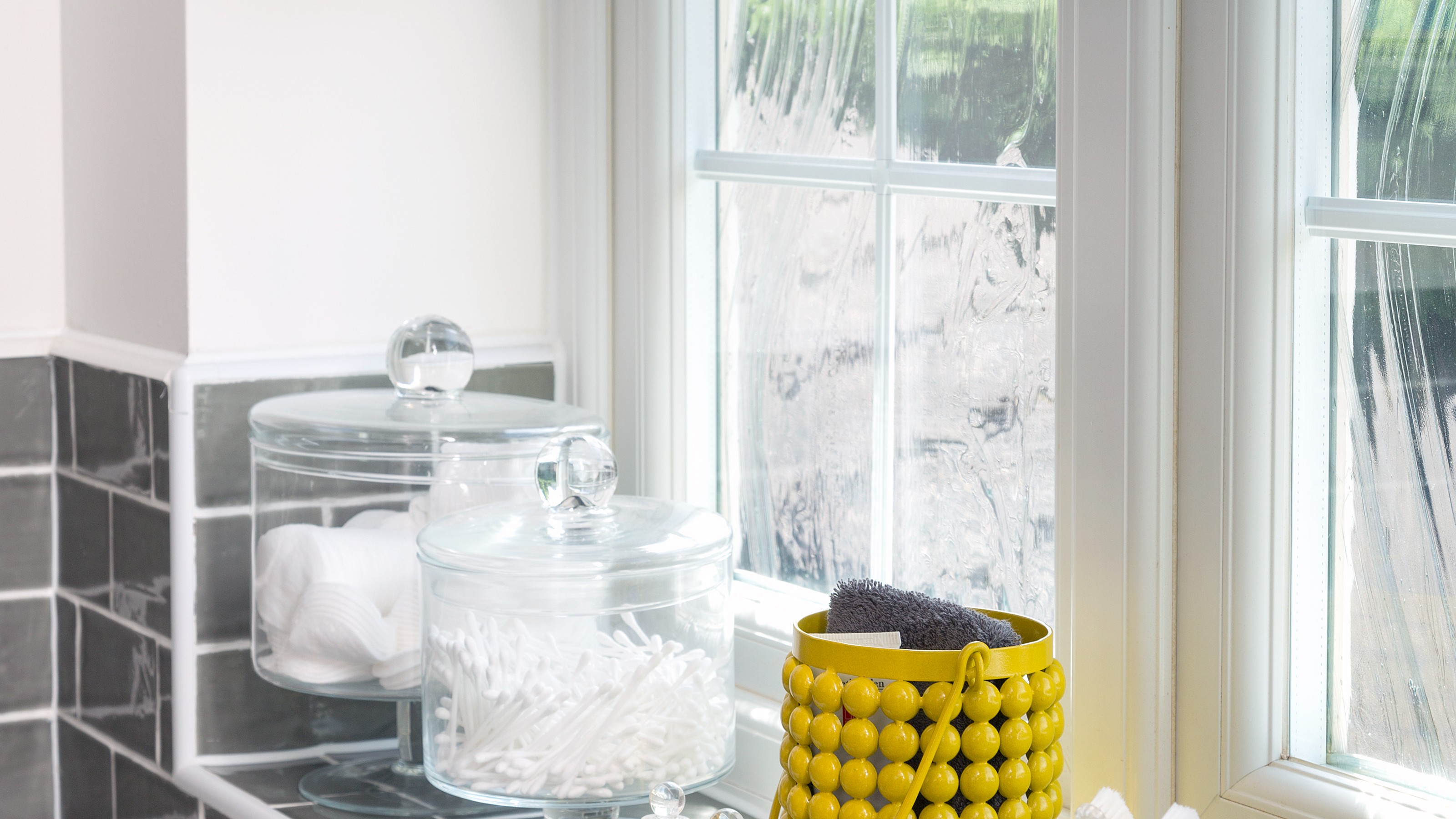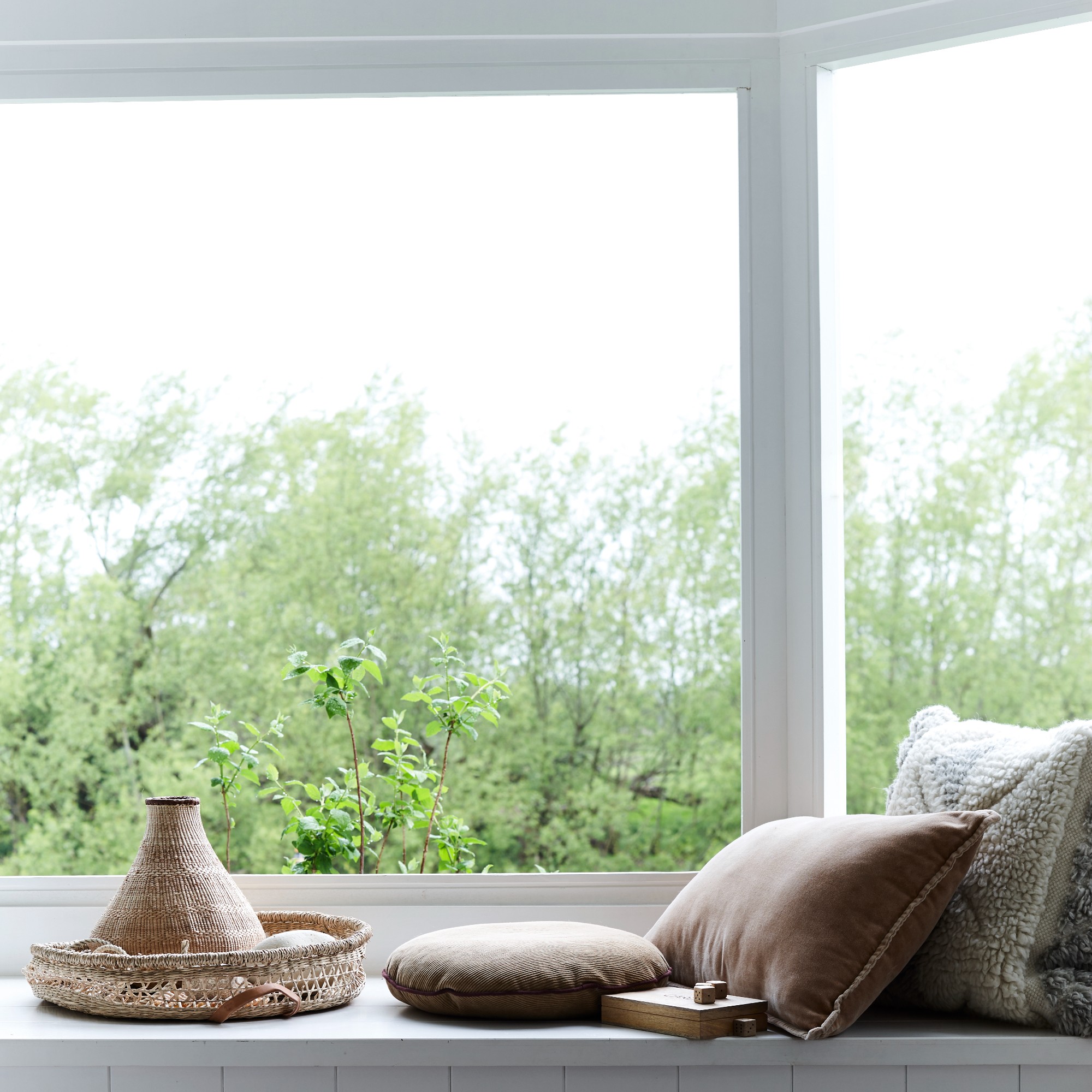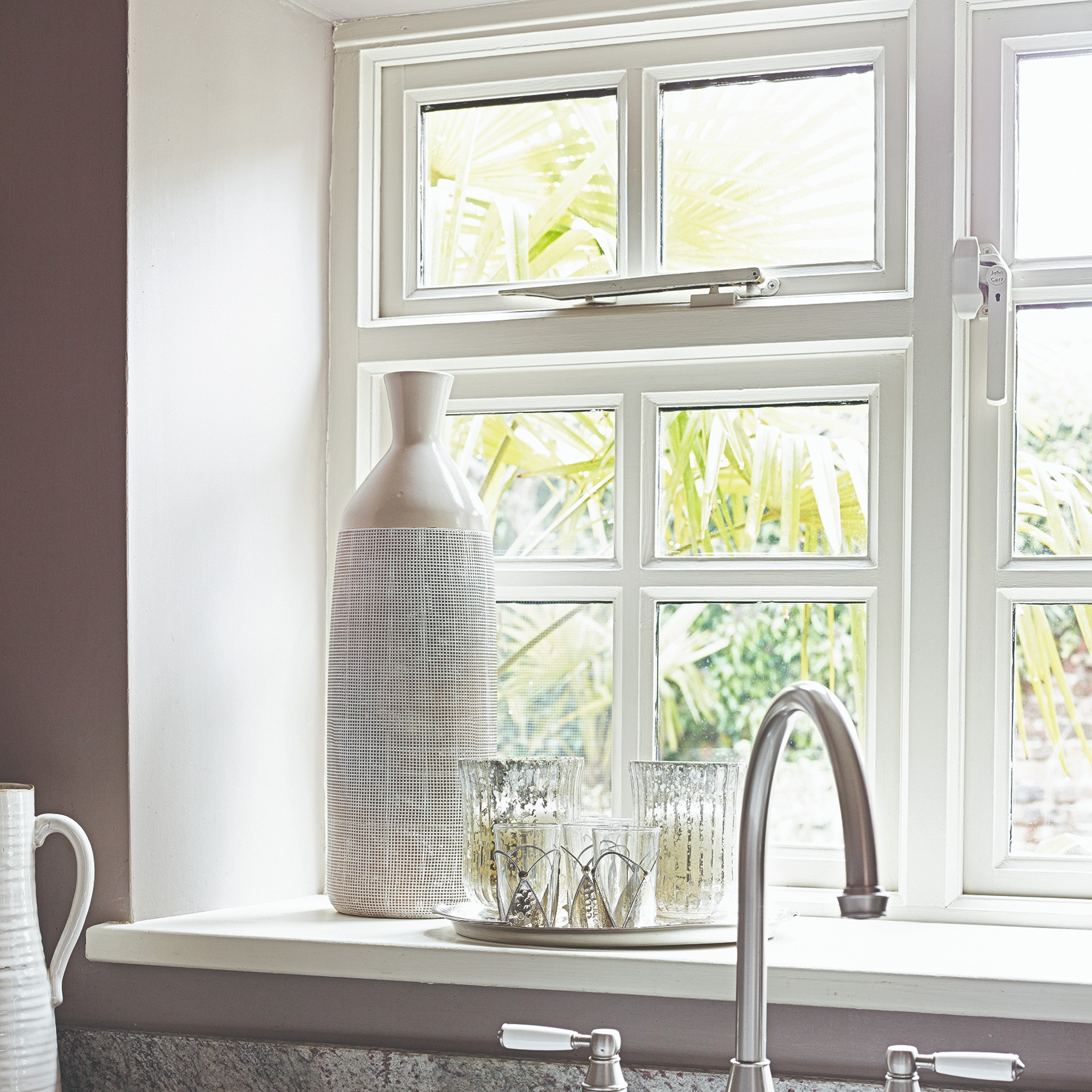This clever short-term fix stopped my window condensation using only washing up liquid
I’ve tried the viral window condensation hack – but is it a gamechanger?


We love testing clever cleaning hacks (at least seemingly clever) at the Ideal Home office to see if they are worth their hype. Most recently, I had a go at the viral window condensation hack using nothing but washing up liquid because Instagram made me do it.
This method is making the rounds on social media and is growing in popularity by the day since we’ve entered the cold months when condensation is a real issue. While of course the best dehumidifiers are your best port of call, is there another option? Sounds a little too good to be true when you first hear that all you need to do is put a little bit of washing up liquid on a cloth and wipe the condensation off.
And low and behold, the layer of dish soap should prevent the condensation from reappearing again. But do you know what? It actually worked. But is this a long-term solution or just a temporary fix?
This viral window condensation hack uses nothing but washing up liquid

While you might already know how to stop condensation on walls and ceilings, window condensation is an annoying and frequent occurrence this time of year. I first encountered this hack solving the nuisance on Danni W’s Instagram account (@daniellehomelife) dedicated to home and cleaning hacks.
In her reel, she demonstrates that the hack worked by leaving a little bit of her window untreated. And in fact, on that small section of the window, the section reappeared three days later, while the rest remained condensation-free.
So when I gave this hack a try, I did something similar - I only wiped half of the affected area with the soapy cloth, leaving the other half untreated to see if it would make any difference with stopping my window condensation. And, sure enough, it has! The treated area showed no sign of condensation the next day, while the untreated was stricken with it.
A post shared by Danni W | 𝐡𝐨𝐦𝐞/𝐥𝐢𝐟𝐞𝐬𝐭𝐲𝐥𝐞/travel/cleaning hacks 🏖🏠 (@danielle_homelife)
A photo posted by on
But while it obviously does work, we wanted to know whether we should be wiping condensation off windows with dish soap and if it was recommended by experts. So we asked one.
Sign up to our newsletter for style inspiration, real homes, project and garden advice and shopping know-how
‘This will create a barrier that will prevent condensation,’ says Valeria Velikova, cleaning expert at Fantastic Services. ‘It won’t create any streaks since the amount of soap is small. Another tip is to mix water and a few drops of dish soap in a spray bottle.’
She continues with a warning, ‘Window fitters and manufacturers do not recommend using washing up liquid on windows because it can damage the rubber seals around your windows. Failed double glazing can then cause moisture to develop in between your window pains causing the glass to fog up and mould to develop. Using washing up liquid to prevent condensation can make the situation a whole lot worse.’

Other downside we have come across is that while this trick might remove the condensation from your windows, it doesn’t tackle the root cause - excess humidity in your home that still affects your walls and ceiling.
Instead, Valeria recommends investing in a dehumidifier which will tackle the condensation problem. ‘One of the best ways to safely remove moisture in your rooms is to use a dehumidifier. While dehumidifiers can be costly they will remove excess moisture from your home and reduce the chance of mould developing significantly.’ If your budget is what's been stopping you, there are tried and tested dehumidifiers for under £100, too.

So while this cleaning tip works as a short-term fix, we wouldn’t recommend it as a long-term solution. And neither do the experts.

Sara Hesikova has been a Content Editor at Ideal Home since June 2024, starting at the title as a News Writer in July 2023. She is now also the Ideal Home Certified Expert in Training on Furniture, and so far has tested over 150 different sofas.
Graduating from London College of Fashion with a bachelor’s degree in fashion journalism in 2016, she got her start in niche fashion and lifestyle magazines like Glass and Alvar as a writer and editor before making the leap into interiors, working with the likes of 91 Magazine and copywriting for luxury bed linen brand Yves Delorme among others.